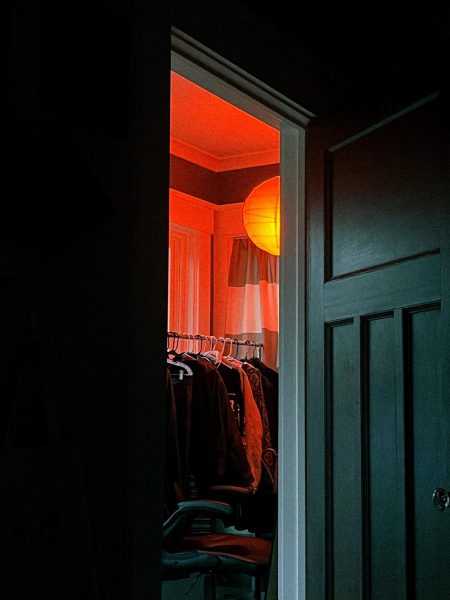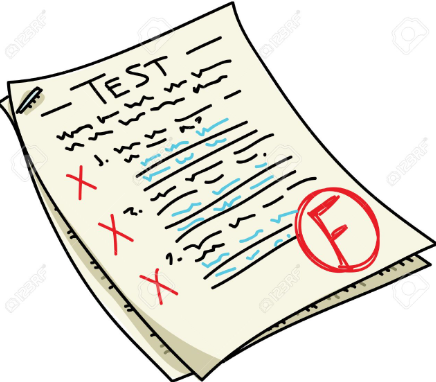How to play chess

February 17, 2021
The game of chess is well-respected around the world. It uses tactics and skill to manipulate the board into a win for yourself. However, most people do not know how to play chess. As a beginner, here are some tips I’ve learned over my twenty or so games that I have played.
So first, an introduction to your pieces:
-Pawn: the smallest piece
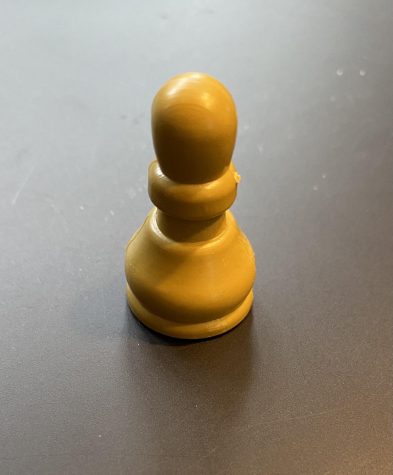
-Rook: looks like a castle
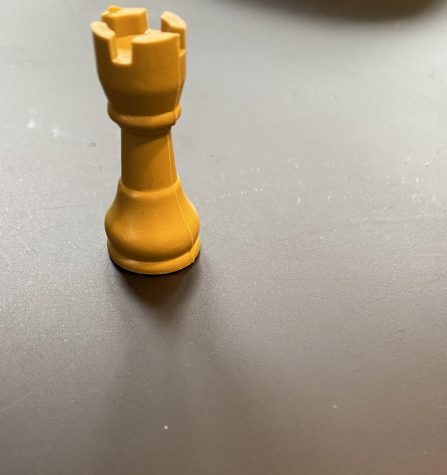
-Knight: looks like a horse head

-Bishop: like a pillar with a hat like the pope on top
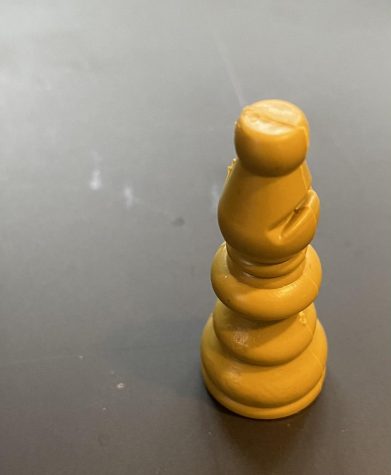
-Queen: the hardest to describe, it looks like a crown on top but without the cross that the king has. It is typically the second to largest piece
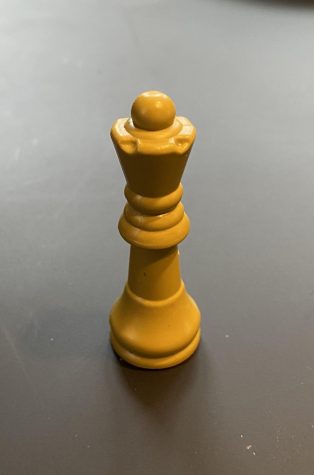
-King: The one with the cross on the top
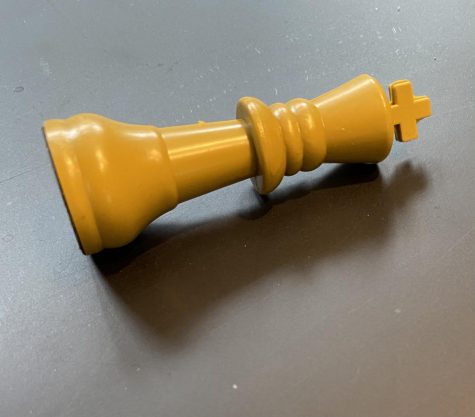

(Left to right: King, queen, bishop, knight, rook, pawn)
White and black pieces:
Each player has a different colored set of pieces, like checkers. White always moves first.
How the pieces move:
The knight is the only piece in chess that you can play before a pawn. It moves in an L shaped pattern (up or down or to the side one and then up or down or to the side (to make the L shape) three OR three up or down or to the side and then up or down one or to the side. It sounds more complicated to explain the piece than it actually is.
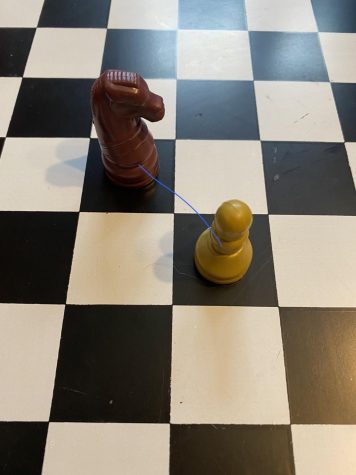
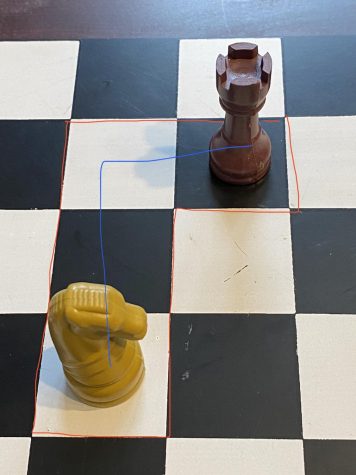
The rook can move any distance up or down the board and and any distance side to side.

The bishop moves kind of like the rook except it can only move any distance diagonally in any direction.
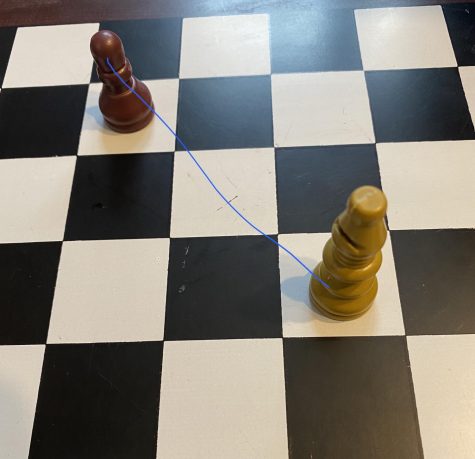
The queen by far is the most important defense piece because it can move any distance in any one direction: left, right, up, down, diagonally, etc. It is the piece that can determine a game if you are still fairly new to the game.
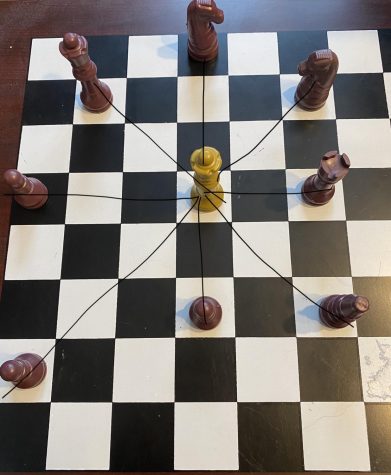
The king is the piece that everyone wants to capture, kind of like capture the flag. It determines the game. The object of the game is check mate, which is when you trap your opponent’s king. The king cannot move into check, and can only get out of it by blocking, taking out, or moving pieces. It can move any direction like the queen, but, like the pawn, can only move one space at a time.
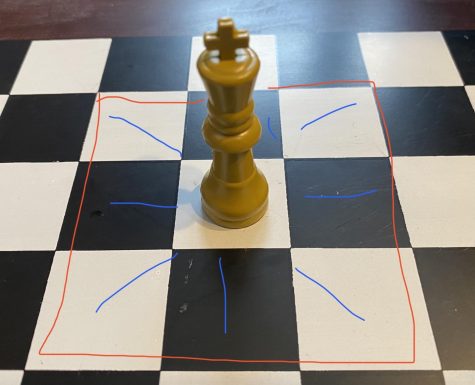
Setting up the chess board:
The back row of pieces, on the white side of the board, goes (left to right): rook, knight, bishop, queen, king, bishop, knight, rook, and then the row in front of it are all pawns. The black pieces, across the board, are mirrored to the white, so all that changes are that the queen and king are switched in positions.
Okay, but how do I REALLY move them:
To put it simply, it takes practice and each player is a bit different. But besides that, some tips would be:
- always watch out for knights because their pattern is unexpected
- protect your king from the beginning
- don’t cluster too many pieces together unless it is a skilled move
- remember that pawns are still important
- watch for when they try to snatch your queen
- think like the other player and try to think three or four moves in advance for the game and each and every one of their pieces
- lastly, don’t get discouraged when you lose a game because it’s not an easy game and everyone loses sometimes; that’s how you improve.
Check Mate!
The big thing that ends the game, unless the other player forfeits, Check Mate is when you or your competitor has cornered the opponent’s king and they cannot move in any direction without being apprehended by the other player. (You have to say check mate AND if they’re just in Check you have to say so as well, it’s like saying UNO or BINGO.) When a king is in check however, they can still move out of the other players grasp, but maybe not for long.
How should I move them:
As a beginner it’s a lot of strategy and learning how the pieces move, how competitors move their pieces (varies player to player) and being able to see where the game is heading and basic advancements on your pieces. You should try to be aggressive with attacks while still staying out of your own line of defeat, but it takes time and practice, which is really the biggest thing to it all.
Checkers to Chess:
If you are good at checkers, chess is just the much more involved, complicated, hands all in version of it. Checkers is like the shallow end in comparison to diving off the diving board into the deep end of the pool. Though, checkers came first.
Chess Openings:
They’re just initial moves of the pieces. There’s hundreds of variants to each. For opening games, it’s basically just developing your pieces, not moving your queen to early in the game, not overplaying a bunch of pawns, as well as other things that would be considered more elementary style moves. There are also ways to group openings where two pieces move a certain way, but that’s more advanced typically than when you’re just starting out. So I wouldn’t sweat that too much. They’re just standard openings, the importance is mainly in recognizing and manipulating the patterns of the other player’s movements. Chess openings are different every game.
Special moves to remember:
-Castling
- when you switch a king and rook when they are both on starting squares and there aren’t any pieces between them.
- you cannot castle out of check or check mate.
-Promoting the Pawn
- when the pawn gets to the other end of the board they can be promoted to any choice piece of the player, other than the king.
Myself as a player:
I am a beginner player. I have played about twenty games of chess and played my first game in fifth grade with my grandfather. Most of my games have been against my mom and my brother, Trevor. At this point I typically beat or tie with my mom, and Trevor and I’s games can swing either way. I enjoy the thought process that goes into a good game, though.



